20 Meat-Free Foods That Are Full Of Protein
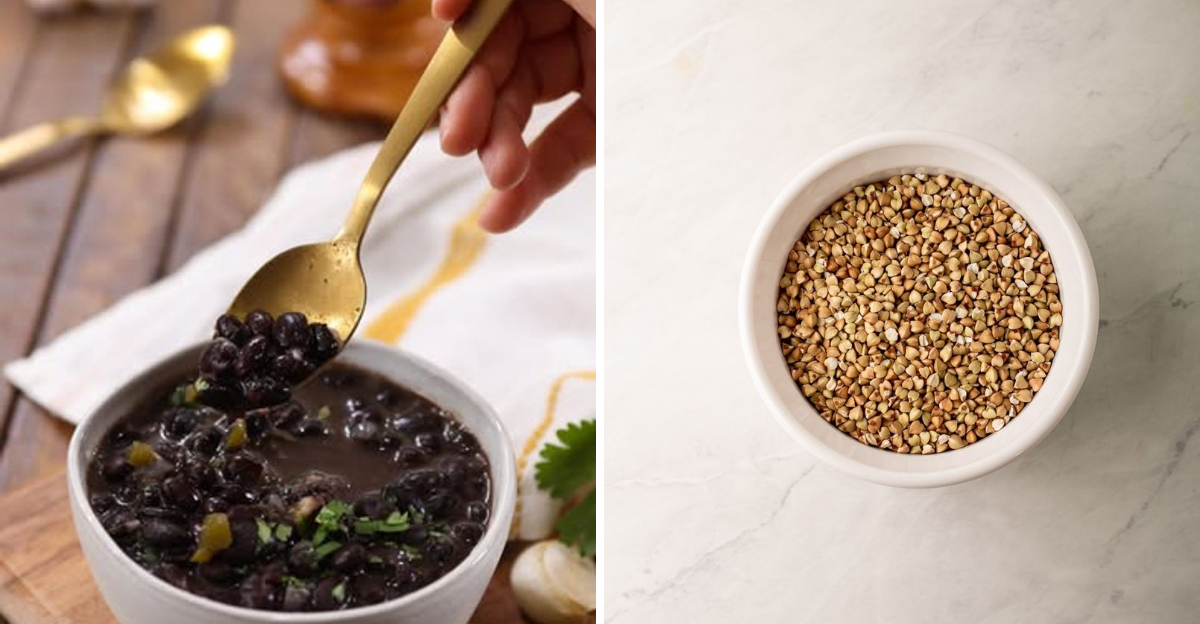
Protein is an essential macronutrient that plays a crucial role in building and repairing tissues, producing enzymes, and supporting overall health. For those who prefer a meat-free diet, there are plenty of plant-based options that are rich in protein. From legumes to grains, these foods not only provide protein but also offer a variety of other nutrients that contribute to a balanced diet. In this blog post, we’ll explore 20 meat-free foods that are full of protein, each offering unique flavors and health benefits.
1. Lentils
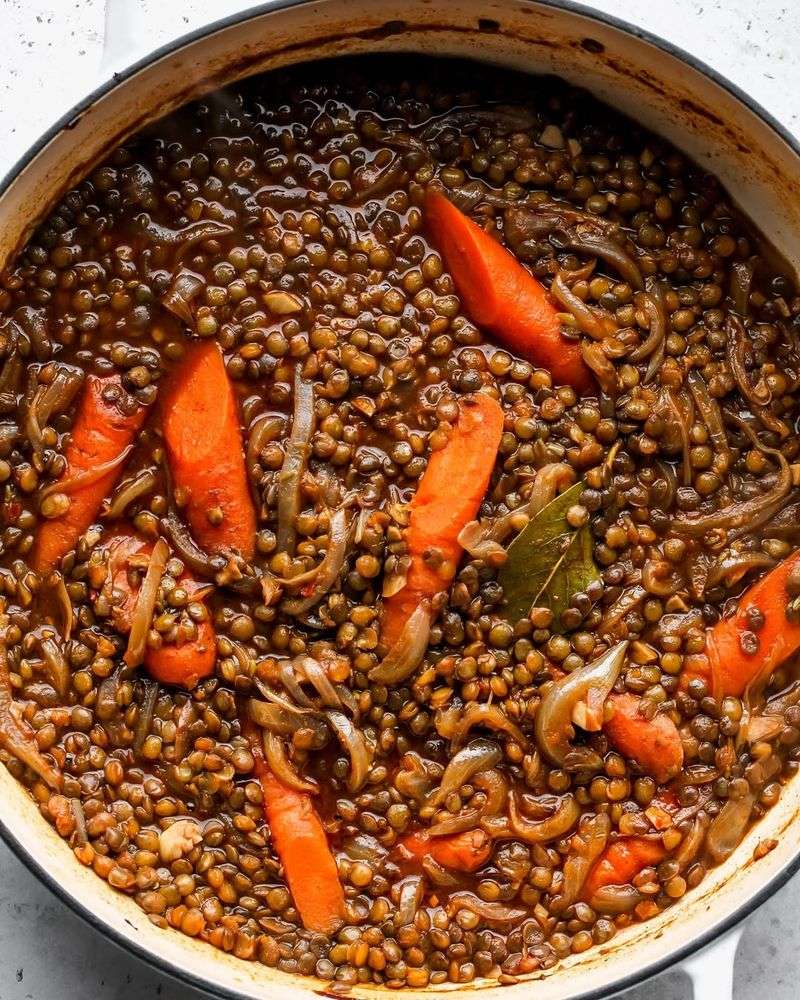
Lentils are a fantastic source of plant-based protein, offering around 18 grams per cooked cup. These tiny legumes are not only rich in protein but also packed with fiber, iron, and folate. Whether added to soups, salads, or stews, lentils provide a hearty and satisfying meal.
They’re easy to cook and versatile, making them a staple in many vegetarian and vegan diets. Lentils are available in various colors, each with its own unique flavor and texture. Including them in your diet can help meet your protein needs while adding variety.
2. Chickpeas

Chickpeas, also known as garbanzo beans, are a popular source of protein, providing around 15 grams per cooked cup. They’re delicious in both savory and sweet dishes. From classic hummus to crunchy roasted snacks, chickpeas offer endless possibilities.
These legumes are also rich in fiber, helping to keep you full and satisfied. With a mild, nutty flavor, chickpeas are a versatile ingredient that can enhance salads, soups, and even baked goods. Including them in your diet is an easy way to boost your protein intake.
3. Quinoa
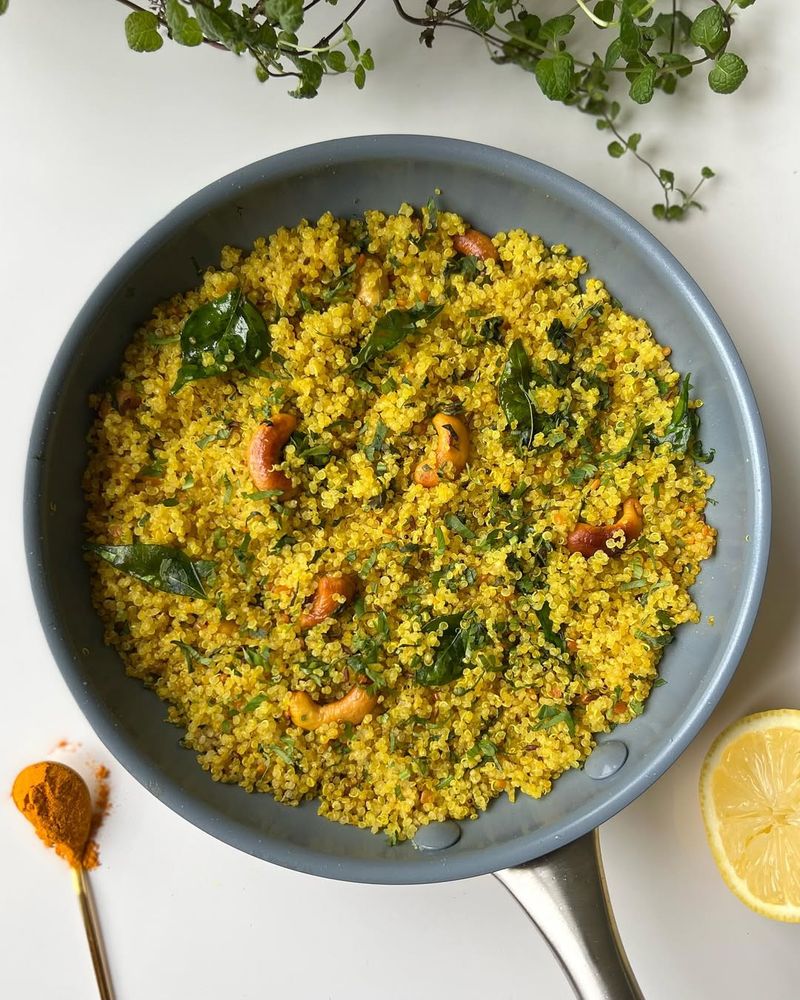
Quinoa is a protein powerhouse, providing approximately 8 grams per cooked cup. It’s a complete protein, containing all nine essential amino acids. This ancient grain is gluten-free and rich in nutrients like magnesium, iron, and B vitamins.
Quinoa’s mild flavor and fluffy texture make it perfect for salads, pilafs, and breakfast bowls. Its versatility allows it to be paired with both sweet and savory ingredients. Adding quinoa to your meals can enhance your protein intake while offering a nutrient-dense option.
4. Tofu
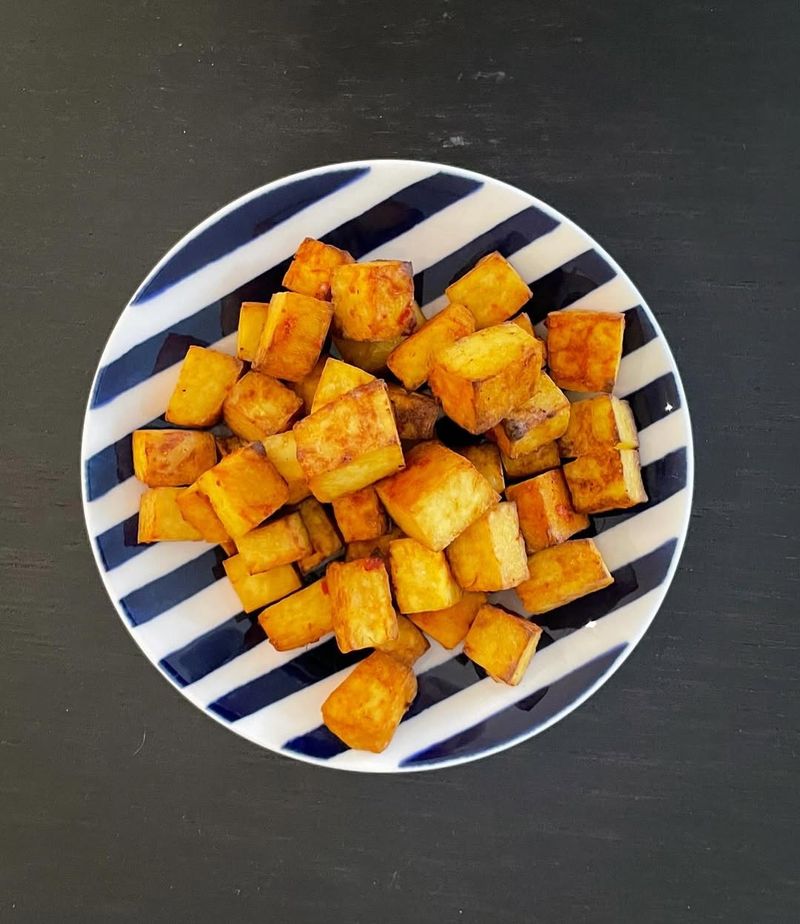
Tofu is a staple in many vegetarian and vegan diets, providing approximately 20 grams of protein per cup. Made from soybeans, it offers a complete protein profile. Tofu is incredibly versatile, absorbing the flavors of marinades and sauces.
Whether grilled, sautéed, or added to soups, tofu’s texture and taste can be tailored to any dish. It’s also a good source of calcium and iron. Including tofu in your meals is an excellent way to boost protein intake while enjoying diverse culinary creations.
5. Edamame
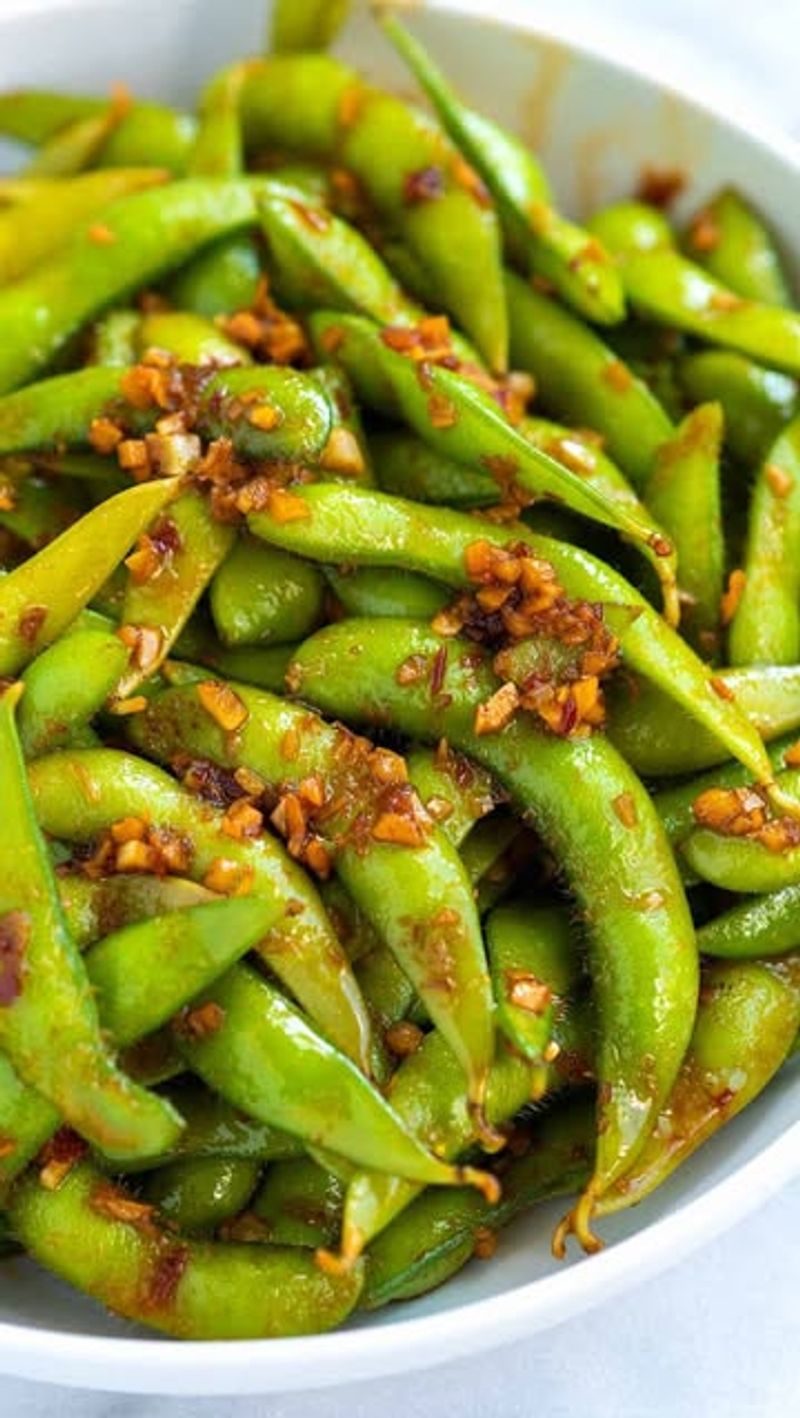
Edamame, or young soybeans, are a delightful snack rich in protein, offering about 17 grams per cooked cup. These little green gems are enjoyed both as a snack and as a part of various dishes.
Edamame is not only high in protein but also a great source of fiber, vitamins, and minerals. They can be steamed, boiled, or added to salads and pasta. Their sweet flavor and satisfying texture make them a favorite among many. Including edamame in your diet can help you reach your protein goals.
6. Tempeh
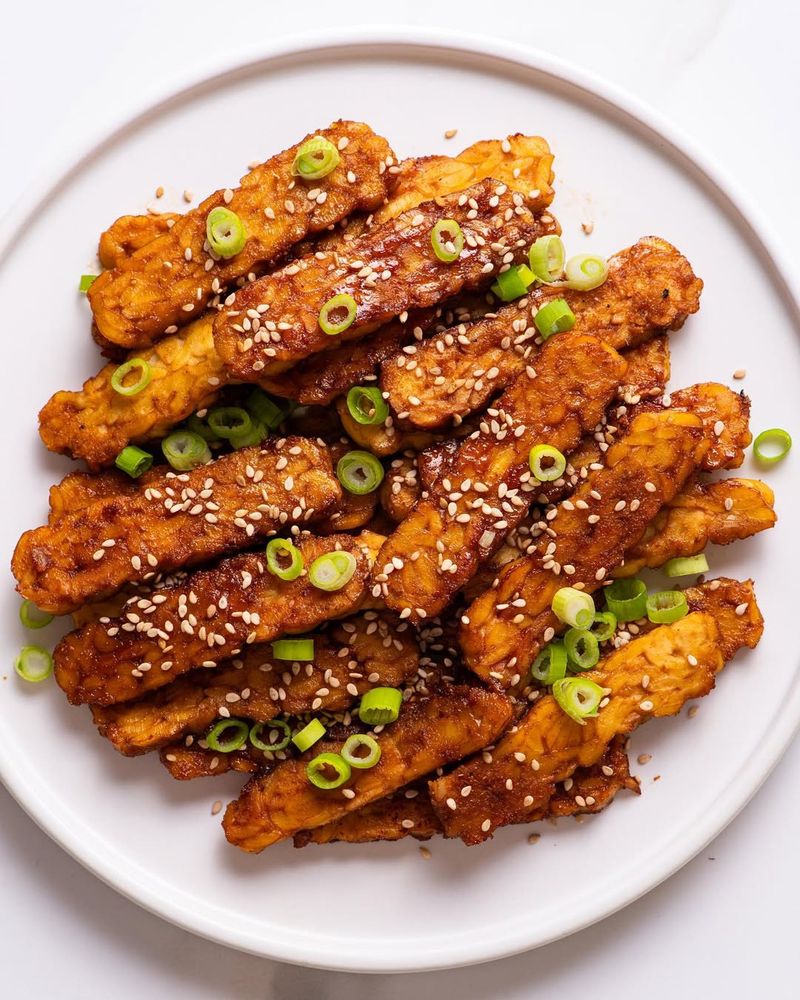
Tempeh is a fermented soy product rich in protein, providing about 31 grams per cup. Its firm texture and nutty flavor make it a popular choice for meat substitutes. Tempeh is not just high in protein; it’s also packed with probiotics and essential nutrients.
Whether marinated and grilled, added to stir-fries, or crumbled into salads, tempeh offers a unique texture and taste. It’s a versatile ingredient that can enhance various dishes while supporting your protein intake. Including tempeh in your meals can contribute to a balanced diet.
7. Seitan
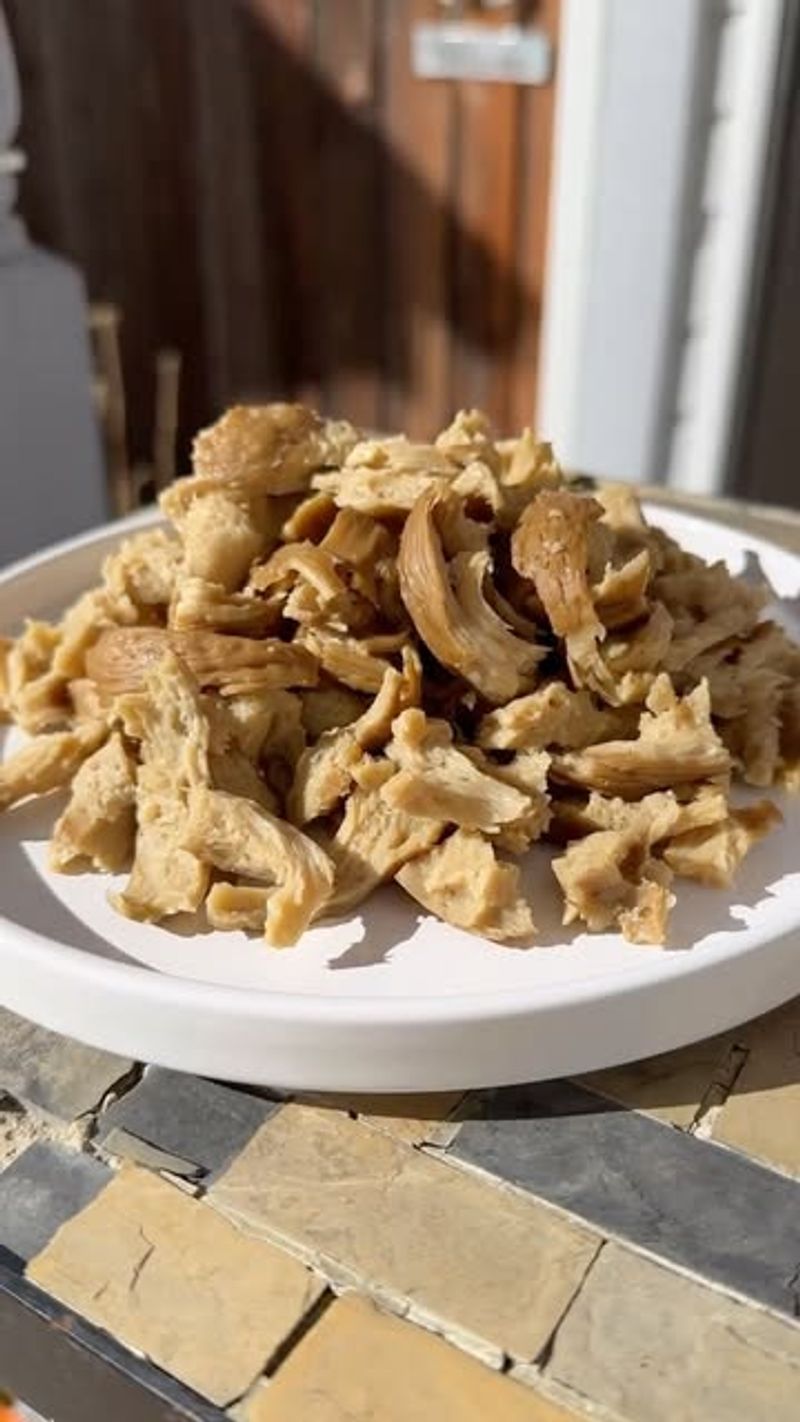
Seitan, also known as wheat meat, is a protein-rich food made from gluten, offering around 25 grams per 3-ounce serving. Its chewy texture closely resembles meat, making it a favorite meat substitute.
Seitan is incredibly versatile and can be used in a variety of dishes, from stir-fries to sandwiches. It’s essential to note that seitan is not suitable for those with gluten sensitivities. For others, it’s a great way to enjoy a high-protein, plant-based meal. Including seitan in your diet can help meet protein needs while enjoying diverse flavors.
8. Black Beans

Black beans are a fantastic source of protein, providing around 15 grams per cooked cup. These legumes are not only rich in protein but also high in fiber and other essential nutrients.
Black beans are a staple in many cuisines, from Latin American to Caribbean dishes. Their rich, creamy texture and earthy flavor make them a versatile ingredient for soups, stews, and salads. Adding black beans to your diet can enhance your protein intake while offering a delicious and satisfying meal option.
9. Green Peas

Green peas are a surprising source of protein, with about 8 grams per cooked cup. These tiny green orbs are not only protein-rich but also high in fiber and vitamins like A, C, and K.
Peas add a sweet and fresh flavor to various dishes, from soups to pasta. They’re easy to cook and can be enjoyed fresh, frozen, or canned. Including green peas in your meals is a simple way to boost protein intake while adding a pop of color and freshness to your plate.
10. Almonds

Almonds are a tasty and convenient source of protein, providing about 6 grams per ounce. These nuts are not only rich in protein but also packed with healthy fats, fiber, and vitamin E.
Almonds make a satisfying snack, whether raw or roasted. They’re also a popular ingredient in baking and cooking, adding a crunchy texture and nutty flavor. Including almonds in your diet can help boost your protein intake while offering a nourishing and delicious snack option.
11. Pumpkin Seeds
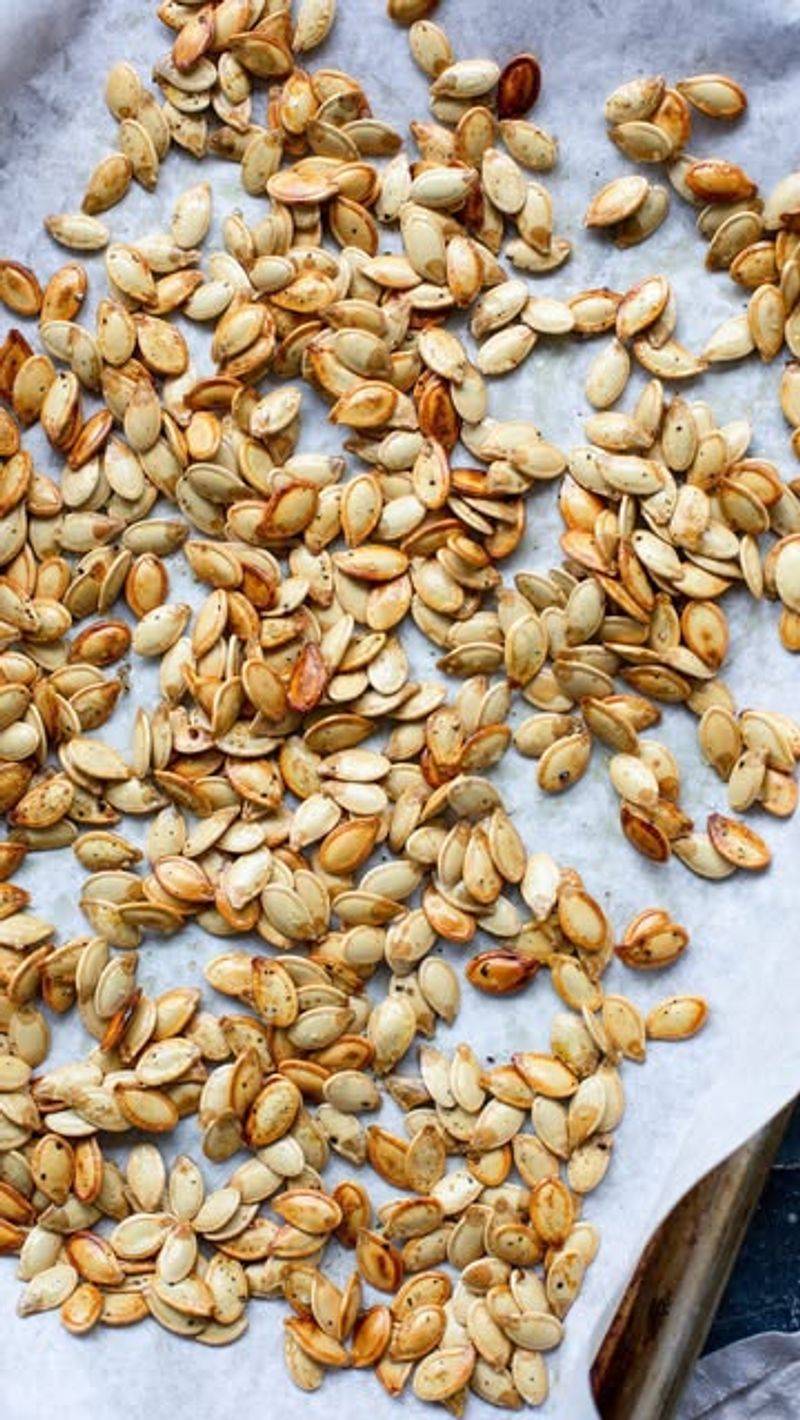
Pumpkin seeds, also known as pepitas, are an excellent source of protein, offering about 7 grams per ounce. These small seeds pack a nutritional punch with healthy fats, fiber, and minerals like magnesium and zinc.
Pumpkin seeds can be enjoyed roasted, raw, or added to salads, granolas, and baked goods. Their crunchy texture and nutty flavor make them a delightful addition to various dishes. Including pumpkin seeds in your diet can help meet your protein needs while providing a nutritious snack option.
12. Hemp Seeds

Hemp seeds are a complete source of protein, offering about 10 grams per 3 tablespoons. These tiny seeds contain all nine essential amino acids, making them a great addition to vegetarian and vegan diets.
Hemp seeds are also rich in healthy fats, especially omega-3 and omega-6 fatty acids. They can be sprinkled on salads, yogurt, or blended into smoothies. Their nutty flavor and soft texture make them a versatile ingredient. Including hemp seeds in your meals can enhance your protein intake while offering essential nutrients.
13. Chia Seeds
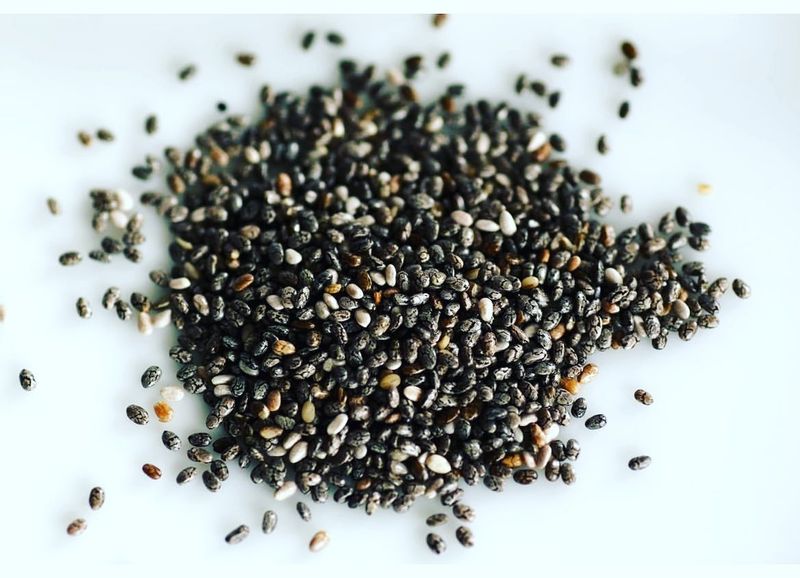
Chia seeds are a nutritious source of protein, providing about 6 grams per 1.5 ounces. These tiny seeds are also rich in fiber, omega-3 fatty acids, and various minerals.
Chia seeds can absorb liquid and form a gel-like consistency, making them ideal for puddings and smoothies. They’re a versatile ingredient that can be added to cereals, yogurt, and baked goods. Including chia seeds in your diet is an easy way to boost your protein intake while enjoying their unique texture and health benefits.
14. Spirulina

Spirulina is a blue-green algae rich in protein, offering about 8 grams per 2 tablespoons. This superfood is also packed with vitamins, minerals, and antioxidants.
Spirulina’s intense flavor is often masked in smoothies, juices, or energy balls. Its vibrant color and nutritional profile make it a popular addition to health-conscious diets. Including spirulina in your meals can enhance your protein intake while offering a boost of nutrients. Due to its potent taste, it’s best to start with small amounts.
15. Peanut Butter

Peanut butter is a delicious and protein-rich spread, offering about 8 grams per 2 tablespoons. It’s made from roasted peanuts and packed with healthy fats, fiber, and vitamins.
Peanut butter can be enjoyed on toast, added to smoothies, or used in baking. Its creamy texture and nutty flavor make it a favorite for both kids and adults. Including peanut butter in your diet can help boost your protein intake while offering a satisfying and nourishing option. Opt for natural, unsweetened varieties for the best health benefits.
16. Soy Milk
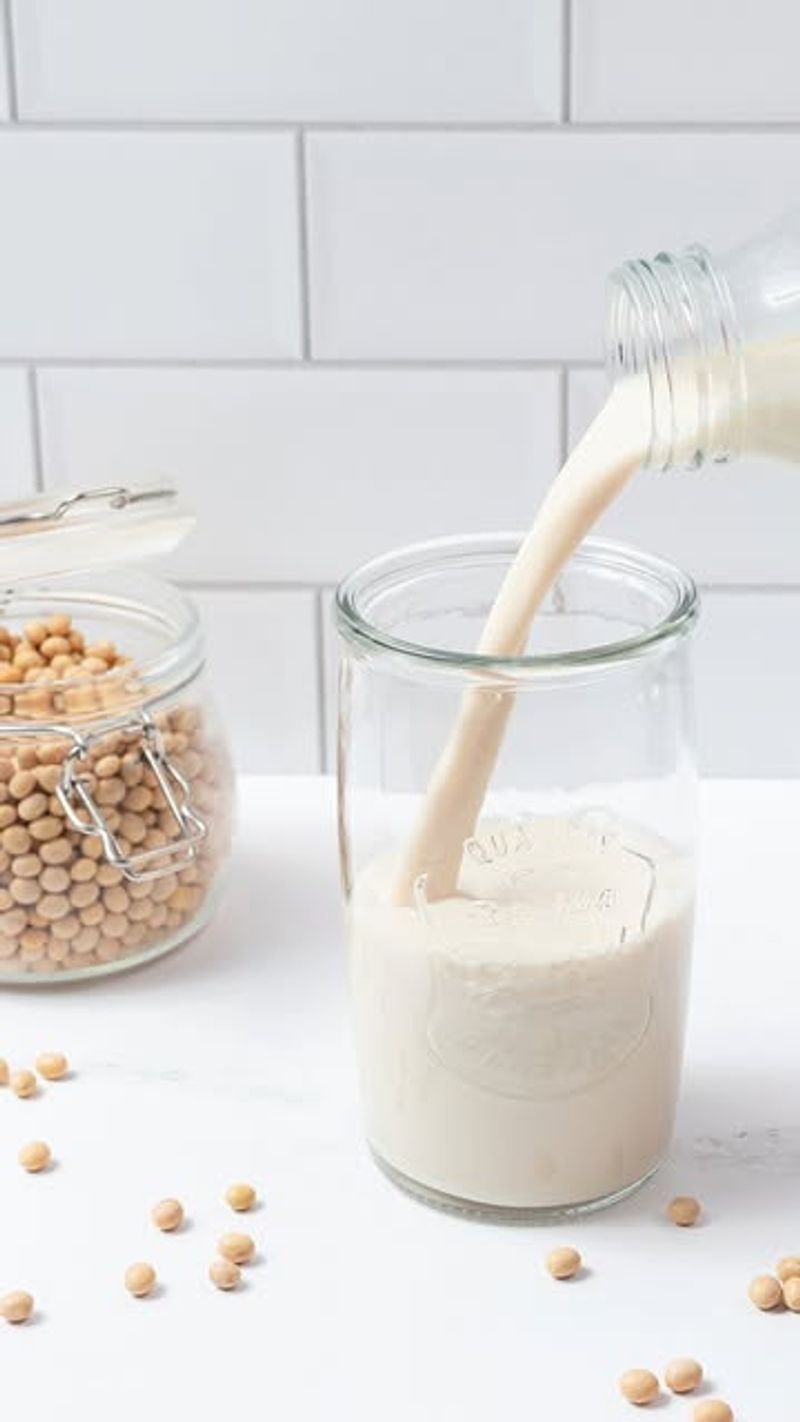
Soy milk is a popular plant-based milk alternative, providing about 7 grams of protein per cup. Made from soybeans, it offers a complete protein profile and is often fortified with vitamins and minerals.
Soy milk’s creamy texture and mild flavor make it suitable for drinking, cooking, and baking. It’s a versatile dairy milk substitute for those with dairy intolerance or allergies. Including soy milk in your diet can help meet your protein needs while offering a nutritious alternative to cow’s milk.
17. Amaranth

Amaranth is an ancient grain rich in protein, providing about 9 grams per cooked cup. It’s a complete protein, containing all essential amino acids. Amaranth is also gluten-free and packed with fiber, iron, and magnesium.
This versatile grain can be used in porridge, baked goods, and salads. Its nutty flavor and unique texture make it a delightful addition to various dishes. Including amaranth in your meals can enhance your protein intake while offering a nutrient-dense option for a balanced diet.
18. Farro
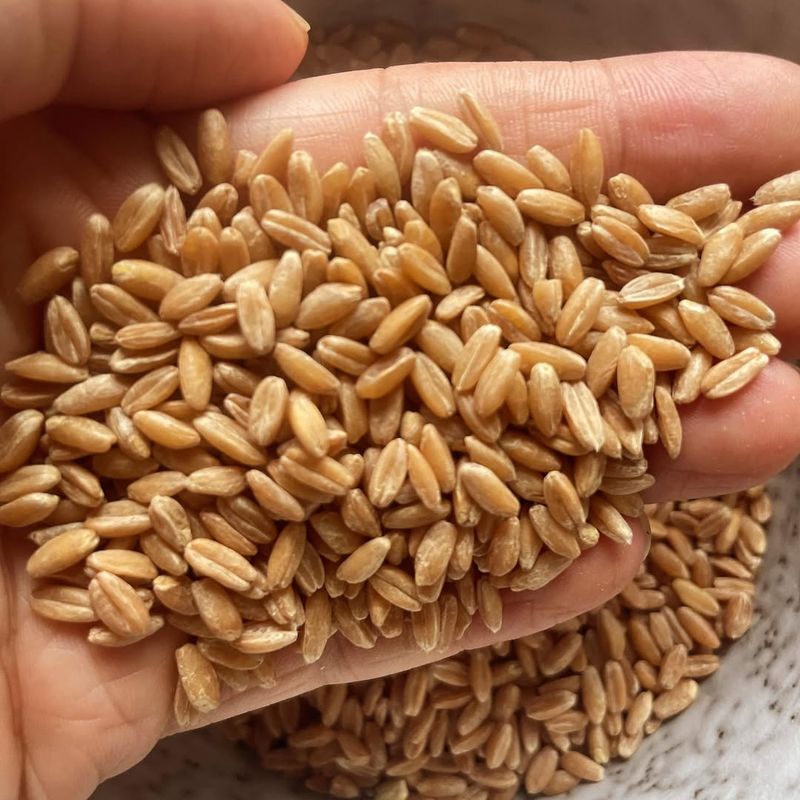
Farro is an ancient grain known for its protein content, offering about 6 grams per cooked cup. It’s also rich in fiber, iron, and magnesium, making it a nutritious choice for many.
Farro’s chewy texture and nutty flavor make it perfect for salads, soups, and side dishes. It’s a versatile grain that can be enjoyed hot or cold, providing a delightful addition to various meals. Including farro in your diet can help meet your protein needs while offering a satisfying and wholesome option.
19. Tahini
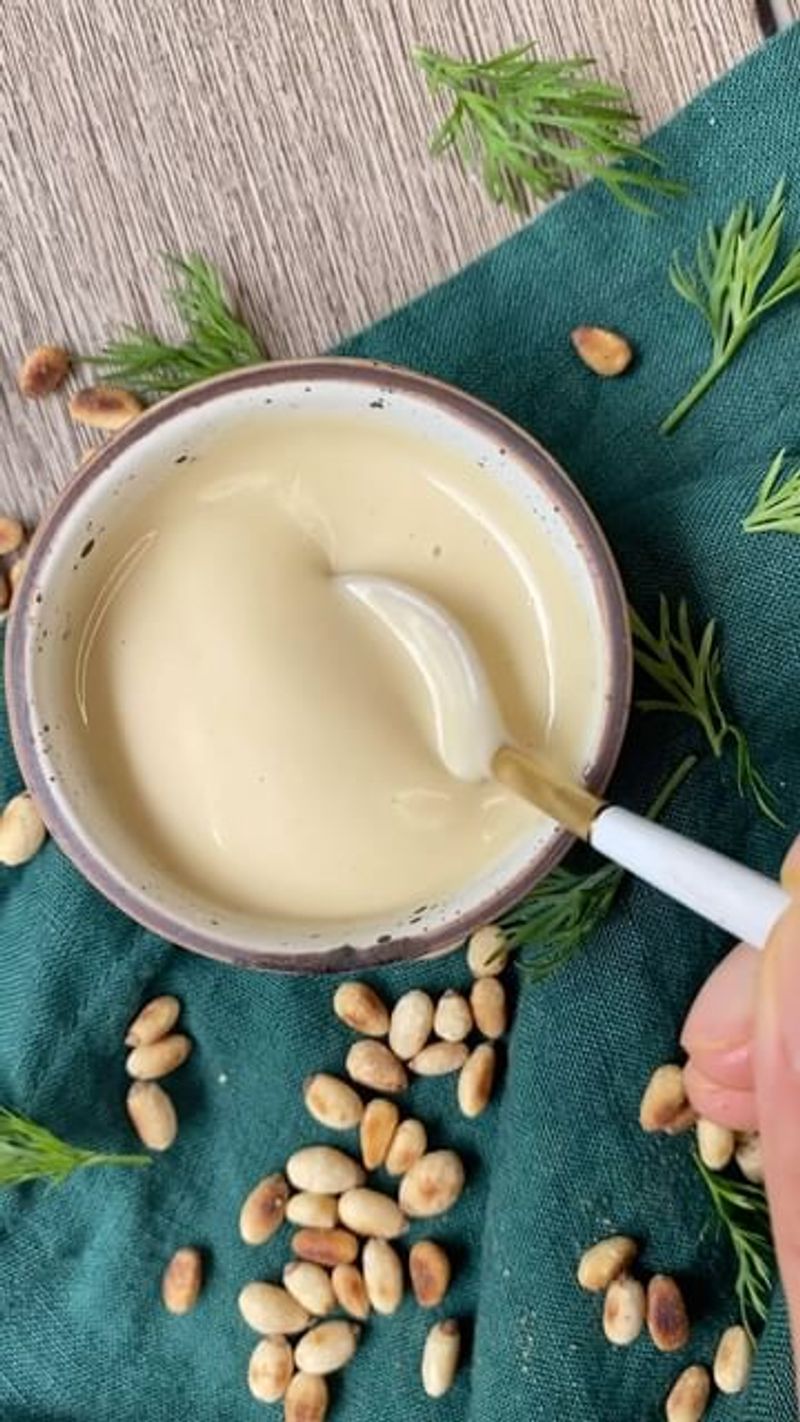
Tahini is a creamy paste made from ground sesame seeds, offering about 5 grams of protein per 2 tablespoons. It’s rich in healthy fats, calcium, and iron.
Tahini’s nutty flavor makes it a popular ingredient in Middle Eastern cuisine, often used in hummus and dressings. It’s also enjoyed as a spread or added to smoothies. Including tahini in your diet can boost your protein intake while offering a delicious and versatile ingredient. Opt for unsweetened varieties for a more natural taste.
20. Buckwheat
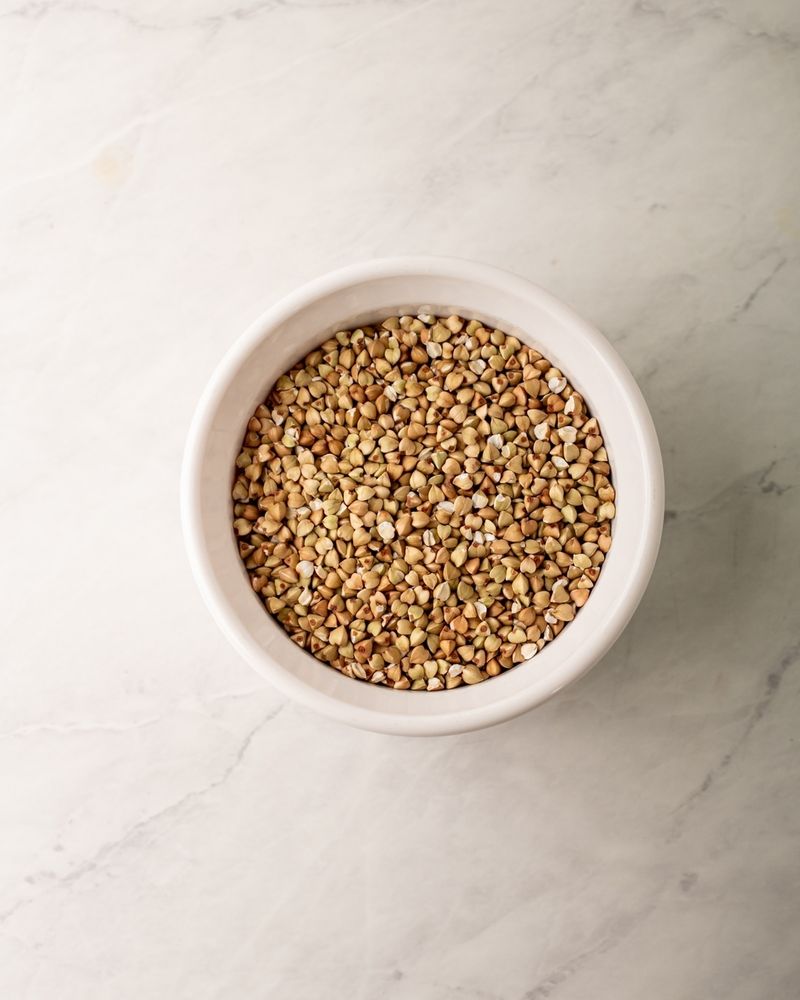
Buckwheat is a gluten-free grain rich in protein, providing about 6 grams per cooked cup. It’s packed with fiber, antioxidants, and minerals like magnesium and manganese.
Buckwheat’s nutty flavor and firm texture make it a popular choice for pancakes, porridge, and salads. It’s a versatile grain that can be enjoyed in both sweet and savory dishes. Including buckwheat in your meals can enhance your protein intake while offering a nutritious and satisfying option for a balanced diet.
